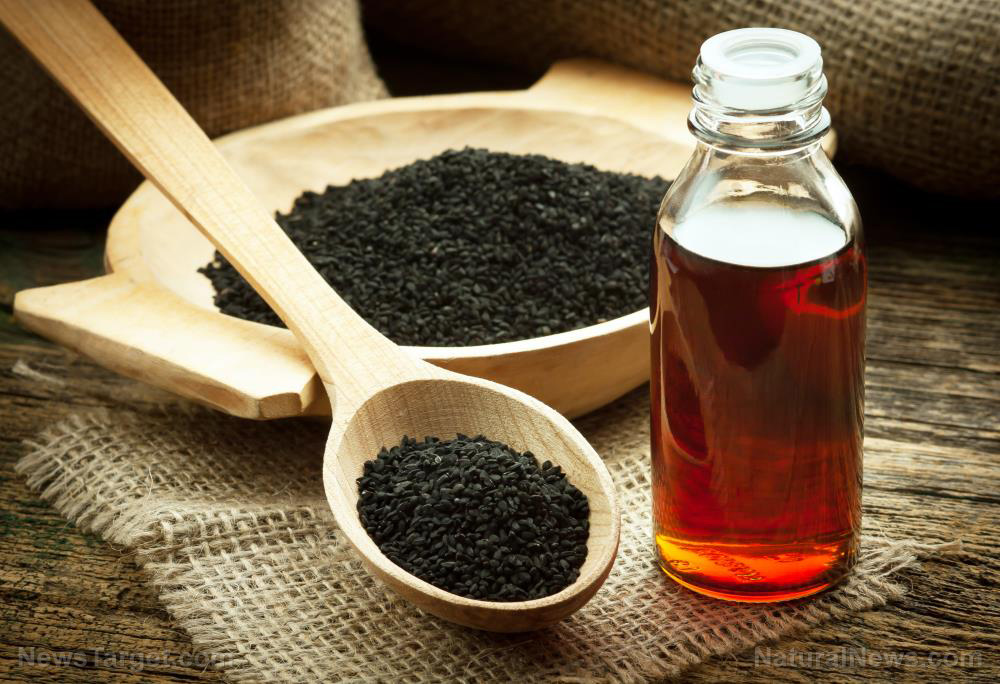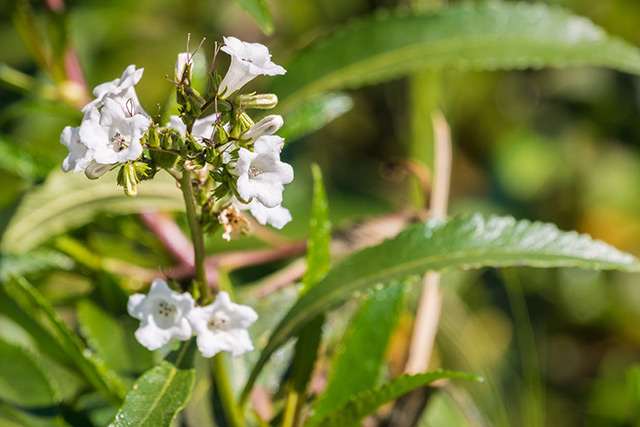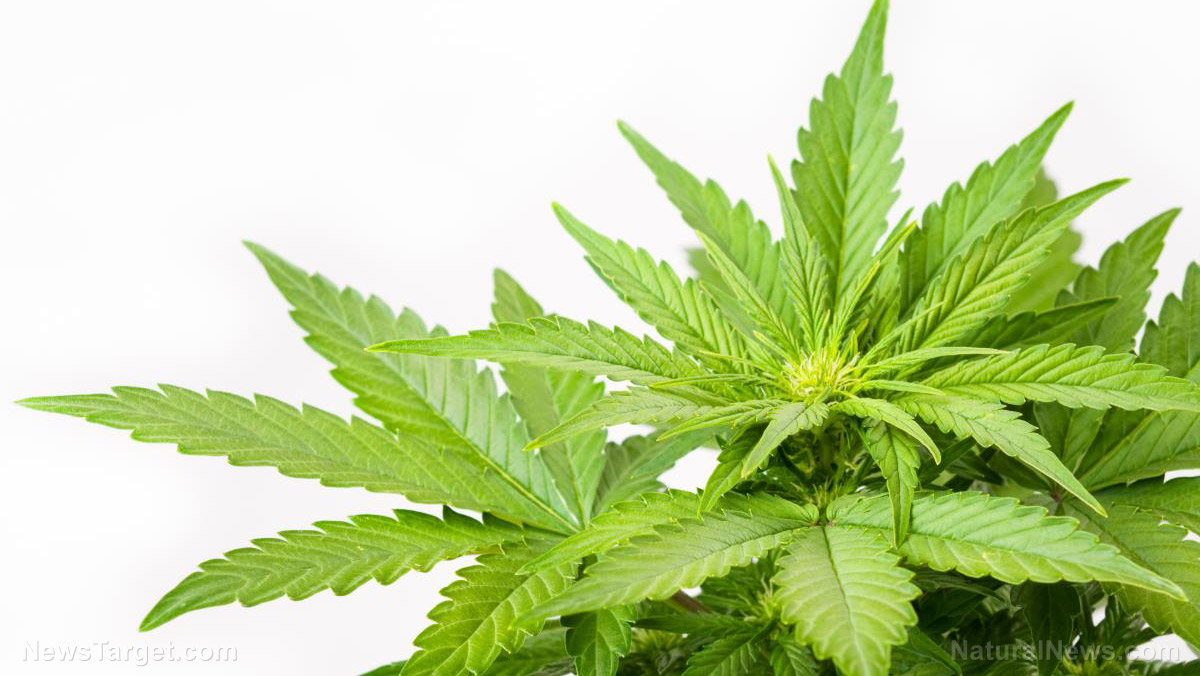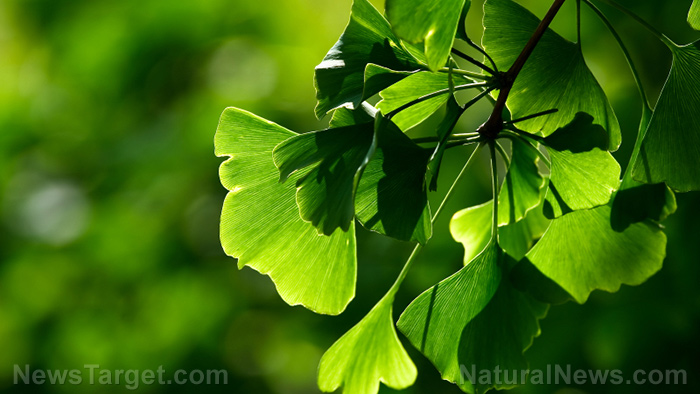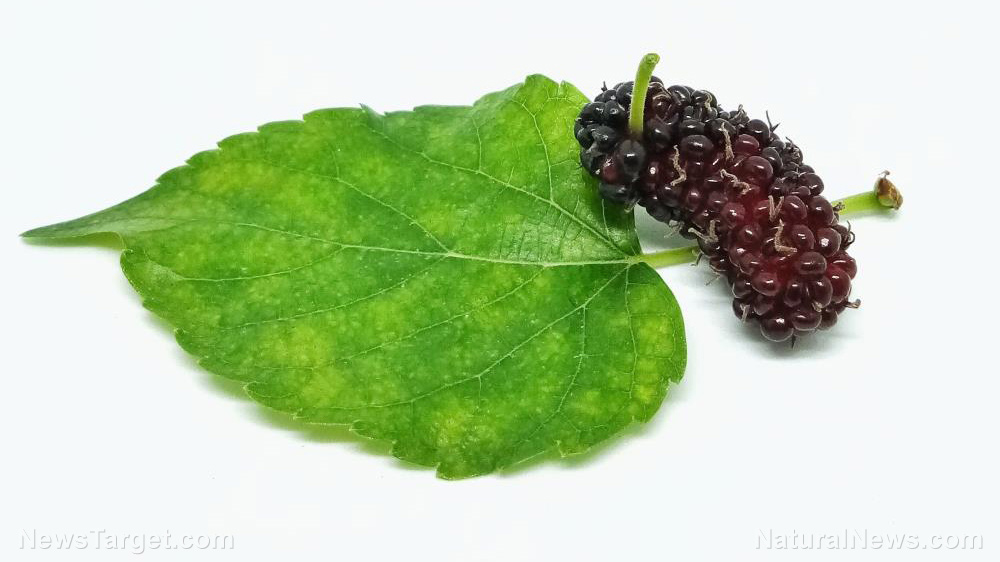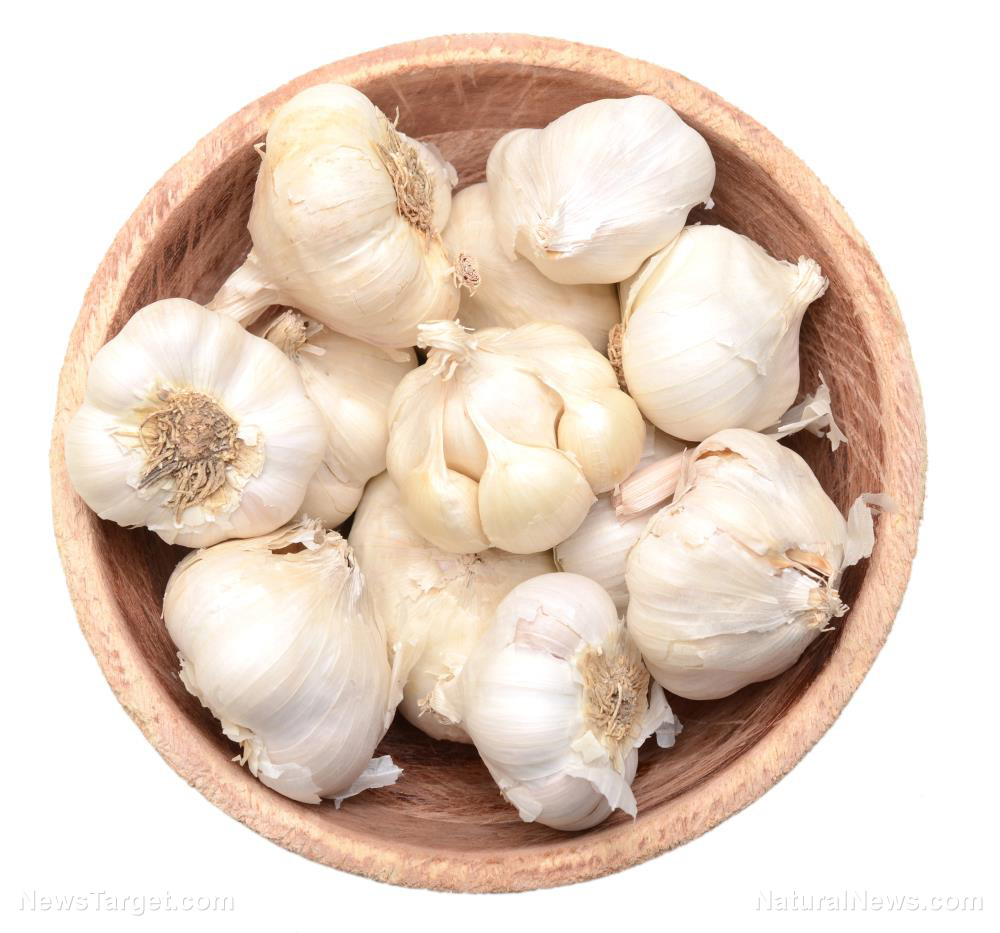Plants from the laurel family found to exhibit potent antiviral properties
09/19/2019 / By Evangelyn Rodriguez

The genus Litsea is comprised of evergreen or deciduous trees or shrubs that belong to the Lauraceae (laurel) family. It contains about 200 plant species, and some of them have been used in traditional Chinese medicine to treat traumatic injuries and relieve symptoms of pain. From this genus, Litsea verticillata was the first plant species identified by the National Institutes of Health (NIH)-funded International Cooperative Biodiversity Group (ICBG) project to have anti-HIV activities. In an effort to explore the antiviral properties of other Litsea species, ICBG researchers from the U.S., Hong Kong, and Vietnam evaluated nine other plants for their anti-HIV and cytotoxic activities. They discovered that some of them exhibit potent inhibitory effects against HIV replication. The results of their study were published in The American Journal of Chinese Medicine.
Litsea and its bioactive components
Plants that belong to the genus Litsea are mainly distributed in tropical and subtropical regions around the world. In China, 74 Litsea species have been found, and 20 of them have a long history of use in traditional Chinese medicine (TCM). The ancient Chinese used the fruits of these plants to treat gastrointestinal diseases, asthma, and traumatic injuries. The leaves, stems, velamina, roots, and barks, on the other hand, were used to treat stomachache, colds, pain, arthritis, and diarrhea.
Several studies have been done on the phytochemical content and pharmacological properties of different Litsea species used in TCM. To date, researchers have identified more than 200 active compounds that are present in these medicinal plants. These active components include flavonoids, terpenoids, alkaloids, butanolides and butenolactones, lignans, amides, steroids, fatty acids, and megastigmanes, among others. Of these, flavonoids and terpenoids contribute the most to the therapeutic potential shown by Litsea plants.
Flavonoids are polyphenolic plant compounds present in many fruits and vegetables. They affect cell-signaling pathways and exhibit anti-inflammatory, anti-thrombogenic, anti-diabetic, anti-cancer, and neuroprotective activities. Litsea plant species that are rich in flavonoids include L. cubeba, L. glutinosa, and L. coreana. According to numerous studies, the flavonoids isolated from L. coreana have anti-inflammatory, antioxidant, and hepatoprotective properties.
Terpenoids, on the other hand, are a modified class of terpenes used to treat a variety of diseases and can be classified into the following:
- Monoterpenes – naturally present in essential oils; have antiseptic, antiviral, and antibacterial properties
- Sesquiterpenes – potent antimicrobial, antiviral, and anti-insecticidal agents
- Diterpenes – exhibit anti-inflammatory, antimicrobial, anticancer, and antifungal activities
- Sesterpenes – can be found in fungus, marine organisms, insects, sponges, lichens, and insect wax; also possess anti-inflammatory, anticancer, antimicrobial, and antifungal properties
- Triterpenes – derived from squalene biosynthetic pathway; can be converted into saponins, which have anti-tumor, antimutagenic, cholesterol-lowering, antimicrobial, antioxidant, and osteoprotective activities.
- Meroterpenes – present in animals, plants, bacteria, and fungi; exhibits anti-inflammatory and anticancer activities
Litsea species are rich sources of antiviral compounds
In a previous study, researchers involved with the ICBG discovered eight novel compounds – prototypic sesquiterpenes – that exhibit anti-HIV activities. In subsequent studies, they identified 26 additional compounds with different structural types from the plant. They also discovered two new litseanes, litseaverticillols L and M, and a new sesquiterpene butenolide, litseasesquibutenolide. They reported that litseaverticillols L and M inhibit HIV-1 replication. To further explore the antiviral properties of L. verticillata, the researchers evaluated several relatively abundant isolates, including a litseane compound, two eudesmane sesquiterpenes, and three lignans by testing them against an additional 21 viral targets. They found that lignans 8 and 9 are active against Epstein-Barr Virus (EBV), a member of the herpes family that causes infectious mononucleosis. Typical symptoms of this disease include extreme fatigue, fever, swollen lymph nodes, swollen liver or spleen, and rashes.
Since many antiviral compounds have already been discovered in L. verticillata, for the current study, the researchers prepared 38 plant extracts from different parts of nine other Litsea species and evaluated their anti-HIV and cytotoxic activities. They reported that four extracts from three different Litsea species showed 97–100 percent inhibitory effects against HIV replication. These extracts also did not show cytotoxicity to a panel of human cell lines at a concentration of 20 micrograms per milliliter (ug/mL). Based on their findings, the researchers concluded that the Litsea species are good plant sources of antiviral compounds that can be used against harmful viral infections, including HIV. (Related: HIV-1 people can boost their immune system with Korean red ginseng.)
Sources include:
Tagged Under: alternative medicine, anti-HIV, anti-inflammatory, anticancer, antidiabetic, Antifungal, Antimicrobial, antimutagenic, antithrombogenic, antitumor, antiviral, disease treatments, diterpenes, EBV, Epstein-Barr Virus, flavonoids, Hepatoprotective, herbal medicine, Herbs, HIV replication, lignans, Litsea verticillata, medicinal plants, meroterpenes, monoterpenes, natural cures, natural medicine, neuroprotective, pain relief, phytonutrients, research, sesquiterpenes, sesterpenes, TCM, terpenes, terpenoids, traditional Chinese medicine, triterpenes, viral infections, viral replication
RECENT NEWS & ARTICLES
COPYRIGHT © 2017 REMEDIES NEWS

